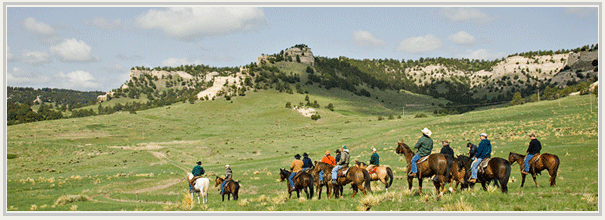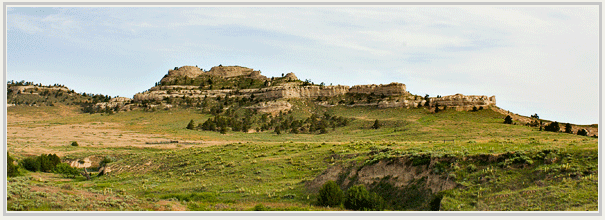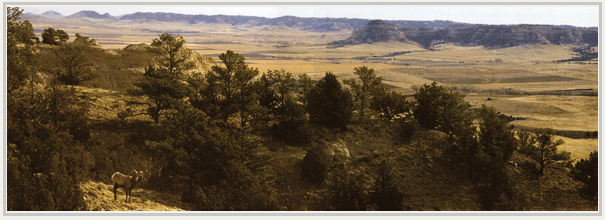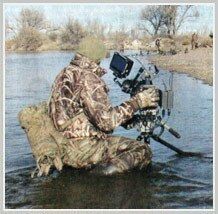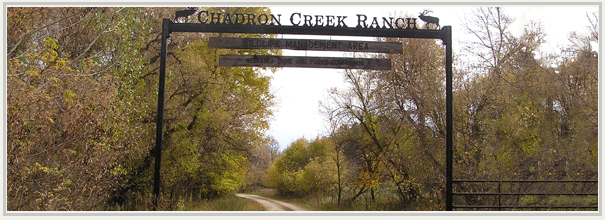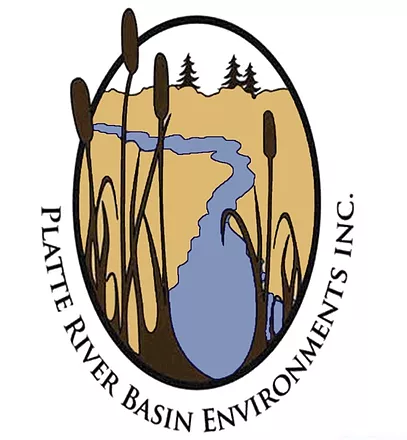
More About Us
The challenge and mission accepted by PRBE is to preserve, conserve, enhance and restore vital wildlife habitat and natural areas within the North Platte River basin and adjacent drainages with a commitment to applying sound environmental science to determining projects to be undertaken, restoration work to be completed, enhancements to be done, and areas to be conserved and preserved.
PRBE has a commitment to utilize community resources through volunteer efforts and involvement of other concerned organizations and groups. PRBE partners with many conservation organizations and government agencies to accomplish goals benefiting wildlife and natural resources of the area.
PRBE is committed to providing opportunities for environmental education with the goal of fostering an appreciation for the natural world. By opening areas for public access to include hiking, hunting, photography, bird watching, fishing and other outdoor activities that encourage community participation and facilitate the preservation of our heritage while protecting and preserving wildlife and our area's unique natural resources.
The Wildcat Hills and adjoining prairie (Wildcat Hills Wildlands-WHW) encompass a unique and endangered 415,000 acre ecosystem with about 215,000 acres in the northern sector and 200,000 acres in the southern sector. These escarpments and grasslands provide connectivity with the significantly larger Wyoming landscape. The northern sector is continuous for about 55 miles along the southern edge of the North Platte River Valley from Lyman, Nebraska to Bridgeport, Nebraska. Isolated segments of escarpments extend the corridor into the mountains of Wyoming and one hundred miles to the east along the North Platte River. An unusual diversity of prairie and montane plant species flourish in the Wildcat Hills. The diversity of wildlife species supported by this vegetation and the unique topography is further enhanced by its location in the middle of the continental ecotone between eastern and western bird species and the ecotone between the Central Short Grass Prairie and the Northern Great Plains Steppe. Consequently, the Wildcat Hills ecosystem has been designated as a Biologically Unique Landscape by the Nebraska Game and Parks Commission (NGPC) and a Portfolio Site by The Nature Conservancy (TNC).
Integrity of this ecosystem has been conserved largely because ranchers maintained the wide-open spaces within and bordering the hills. The advanced age of many ranch owners and an exponential increase in rural-housing-development pressure predispose much of the WHW to fragmentation and loss of critical habitat. The cost of purchasing land in the WHW is well beyond the net income potential of beef production. The opportunity to maintain the geographic scale of wildlands needed to sustain all of the native species in the WHW will be lost without the immediate joint effort of ranch owners, individuals, corporations, and agencies who are dedicated to the conservation of this endangered ecosystem. Our land ethic should reflect a balance between the growth of our region and the critical needs of our natural landscape and its flora and fauna. If we are successful, the Wildcat Hills will also remain an important natural amenity contributing to a high quality of life for Scottsbluff, Gering, other neighboring communities, and the people of Nebraska.
